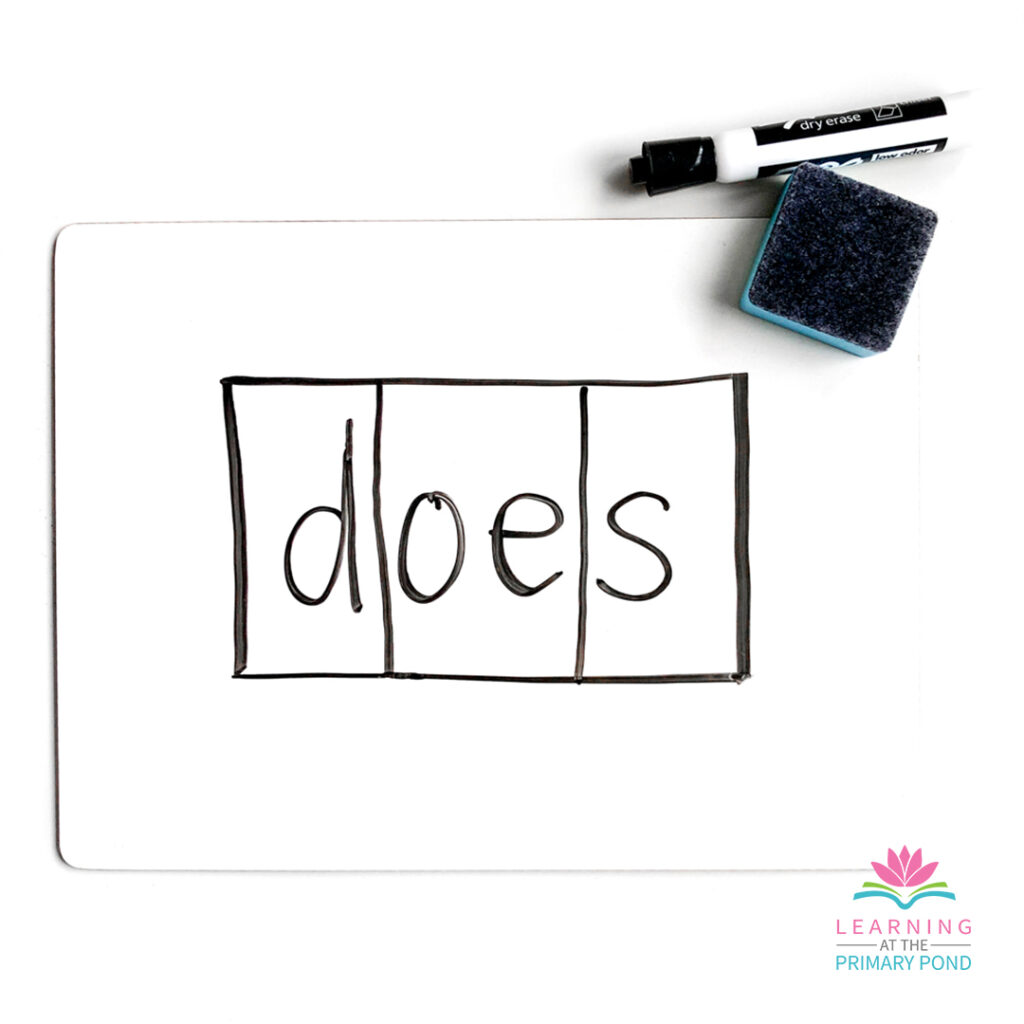
What Is Orthographic Mapping?
If you work with young students who are learning to read, it's important to understand what orthographic mapping is.
Orthographic mapping is a process that happens in the brain. It's the formation of connections between the letters and sounds in a word.
For example, you can probably read the word "says" instantly. But a long time ago, what your brain had to do was relate each sound in the word (/s/ /e/ /z/) to the letters s-ay-s.
The purpose of orthographic mapping is to store words in the brain - so that readers eventually recognize them instantly, by sight.
Phonemic awareness (awareness of the individual sounds in spoken language) and phonics knowledge (understanding of how letters and letter combinations connect to phonemes) make orthographic mapping possible.
Research tells us that when we explicitly teach students about the sounds in a word and their relationships to the letters, they master sight words more quickly and easily.
Teachers can use word mapping strategies to help students understand phoneme-grapheme relationships. For example, let's say that you're teaching students the word "does."

You might draw sound boxes as shown above, then discuss with students how the /d/ sound is represented by the letter d, the short u sound is represented by the "oe," and the /z/ sound is represented by the s.
To see this in action, check out this video:
If you were taught to have students simply "memorize" sight words, this may feel counterintuitive! Many reading and phonics programs follow this "memorization" method.
But the research supports this type of work as an effective strategy for teaching students new words.
Our From Sounds to Spelling phonics program uses mapping strategies throughout the Kindergarten, 1st grade, and 2nd grade levels. Through the lesson plans, teachers get specific guidance in how to teach students to map words. To see examples of this in lesson plans from the program, sign up for a free trial week here.




